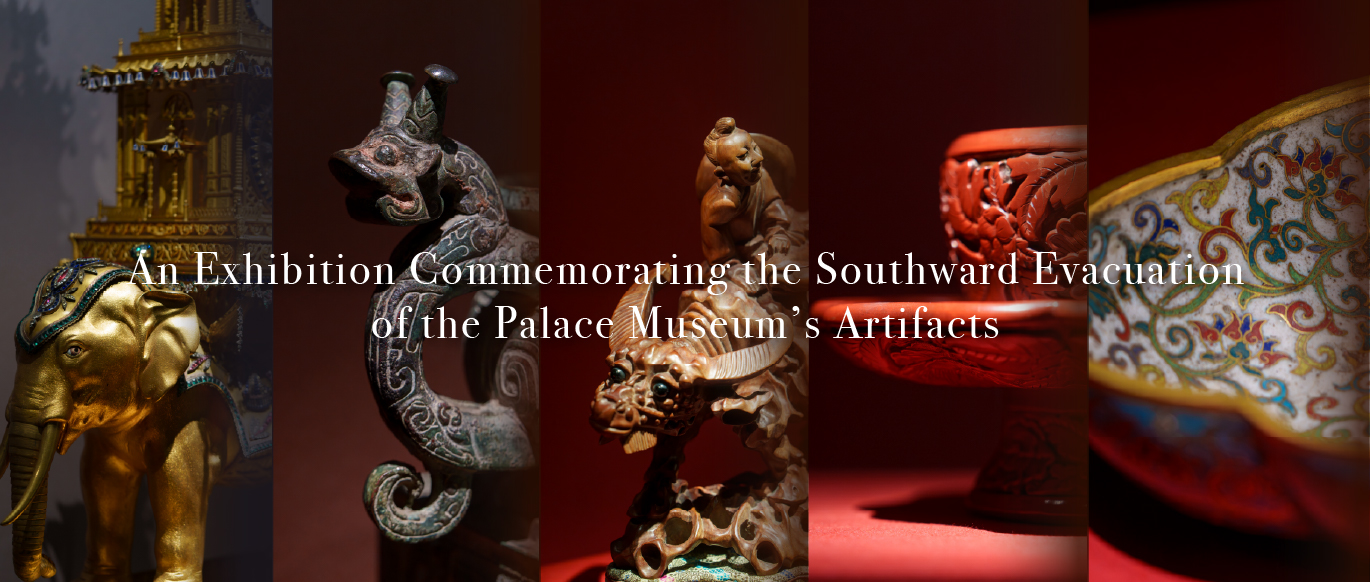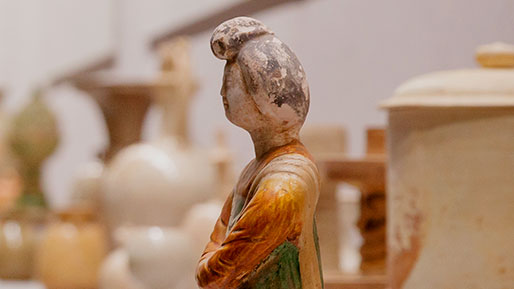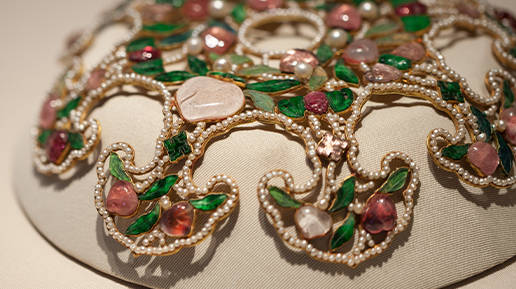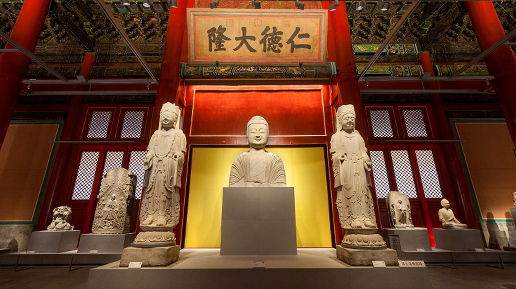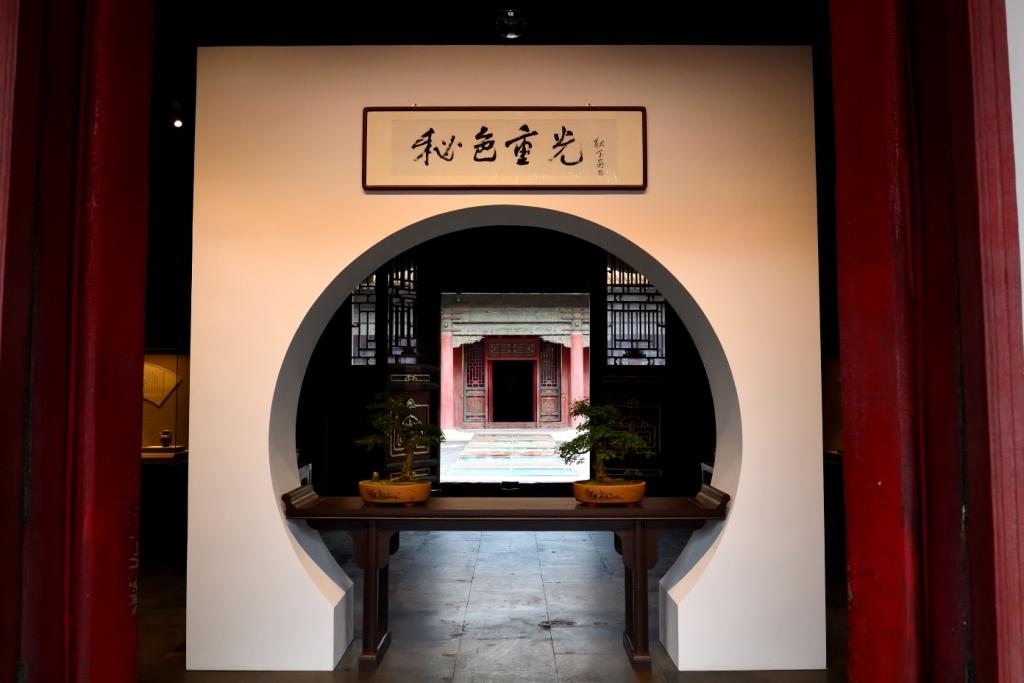
Mise porcelain (mise ci, lit. porcelain of mysterious color) is a special category of the finest celadon ceramics fired at the Yue Kiln in present-day Zhejiang Province from the ninth to the eleventh century (late Tang, 618-907, to early Northern Song, 960-1127). As tribute wares exclusively manufactured for the ruling household, mise porcelain is quintessential of the quality and aesthetics of the period\'s ceramic production. These ceramics were well known domestically and abroad. However, from the eleventh century (late Northern Song) onward, this form of production was discontinued and eventually forgotten by later generations.
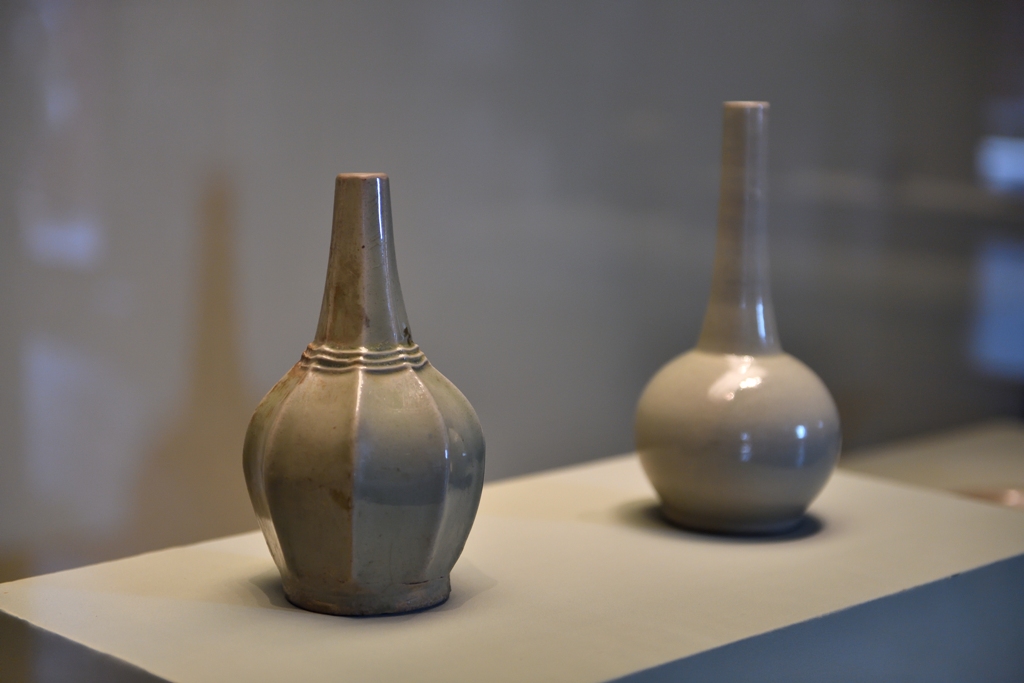
In 1987, the mystery of mise porcelain came to light when fourteen pieces of Yue ware were unearthed from a tomb chamber at the Temple of the Dharma Gate (Famen si), a Buddhist monastery in Fufeng County, Shaanxi Province. A contemporary inventory record unearthed with the ceramics reveals that thirteen of the objects—specifically saucers, plates, and bowls—were the obscure mise porcelain. This tangible evidence aided in establishing criteria for determining the nature of mise porcelain.
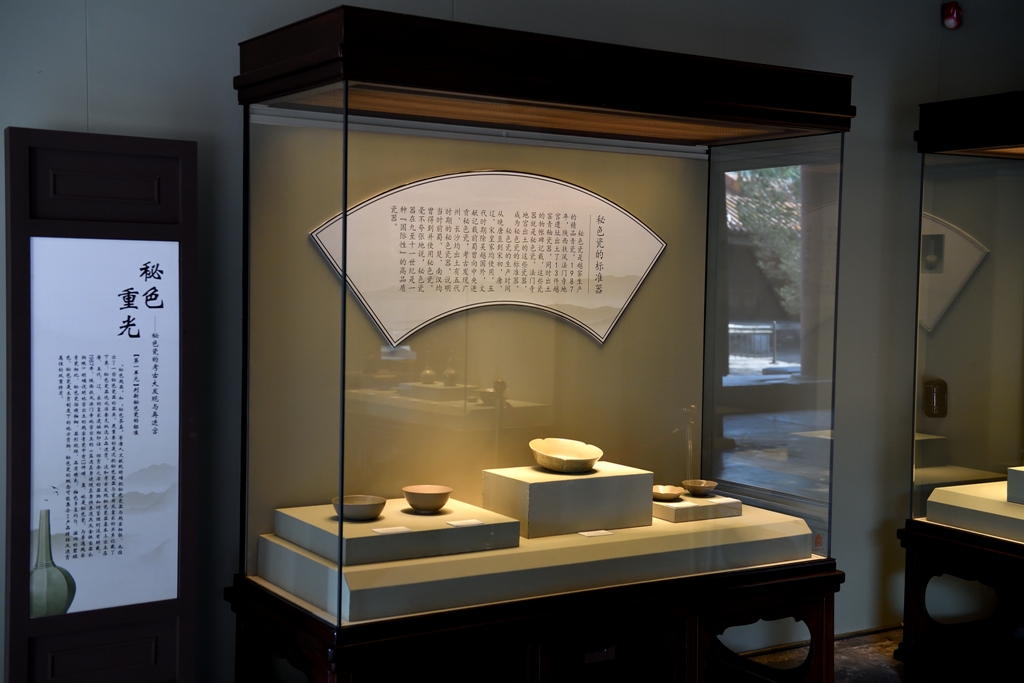
The Yue Kiln has a long history as a ceramic manufacturing complex and consists of clusters of separate kiln sites scattered throughout northern Zhejiang Province. Which of these kiln sites was the production facility for mise porcelain? What are the differences in craftsmanship and raw materials between mise porcelain and other types of Yue celadon? From 2015 to 2016, researchers from the Archaeology Institute of Zhejiang Province conducted field excavations at the Housiao kiln sites in pursuit of answers to these questions. Their finds have served to identify the kiln sites as the production center for mise porcelain during the ninth and the tenth centuries (late Tang to the Five Dynasties period, 907-960) and reveal the unique firing techniques, selection of raw materials, and production process. These impressive excavations have allowed researchers unprecedented insights into this mysterious aspect of the history of Chinese ceramics.
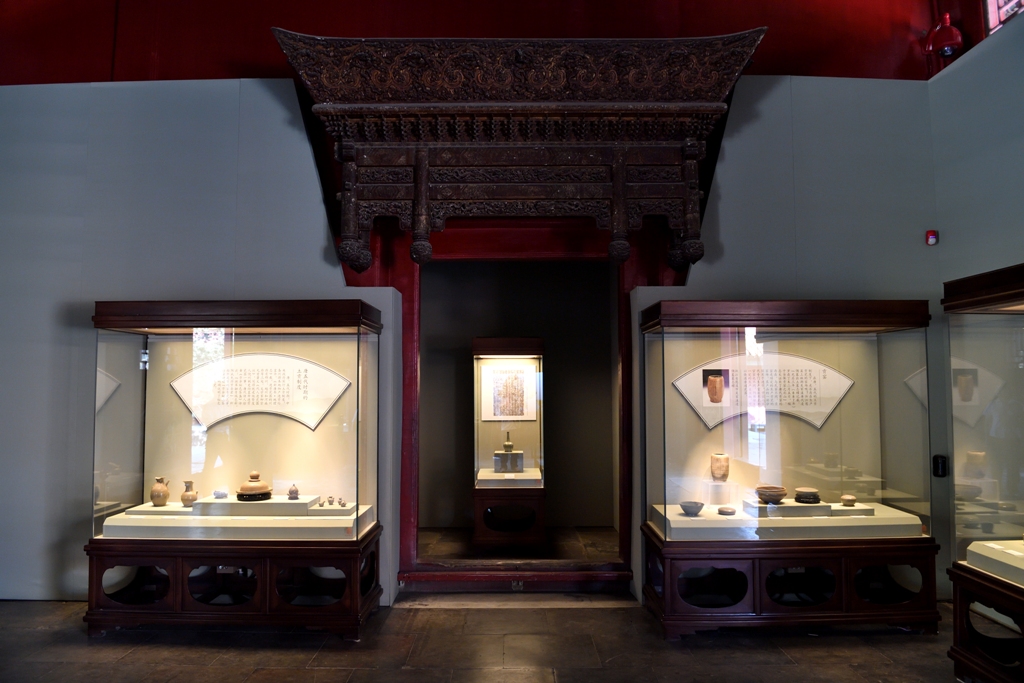
In celebration of the thirtieth anniversary of the discovery of mise porcelain at the Temple of the Dharma Gate, the Palace Museum, the Archaeology Institute of Zhejiang Province, and the Cixi Municipal Government jointly present this exhibition as an introduction to these recent archaeological finds. Showcasing the differences between mise porcelain and ordinary Yue celadon, the displays include comparisons of various artifacts. The historical owners, manufacturing locations, and systems of production may be explored through this presentation of the unique appeal of mise porcelain.
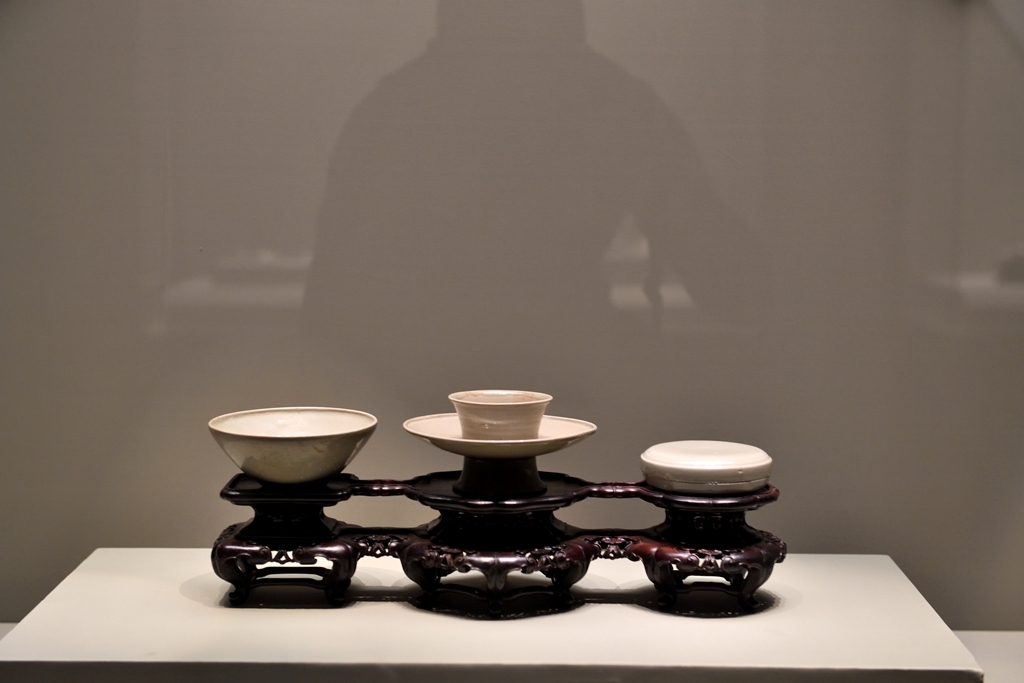
Organizing Institutions:
The Palace Museum
Archaeology Institute of Zhejiang Province
Cixi Municipal Government
Supporting Institutions:
Archaeology Institute of Henan Province
Archaeology Institute of Inner Mongolia Autonomous Region
Famen Temple Museum
Zhejiang Provincial Museum
Lin’an Municipal Museum
Suzhou Museum
-----------------------------------------------
Translator: Li Yang
Editor: Adam J. Ensign





